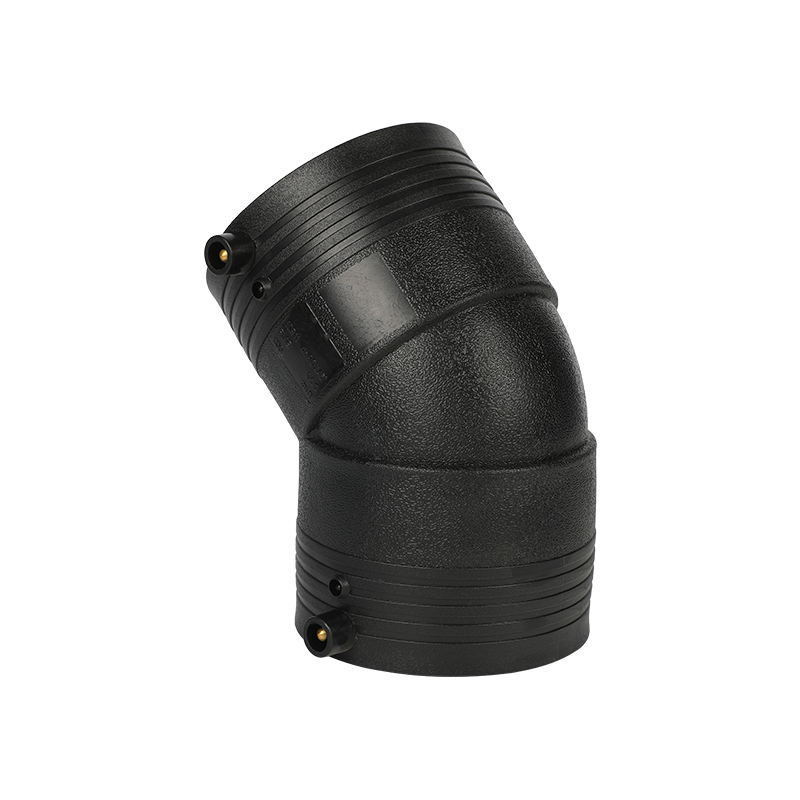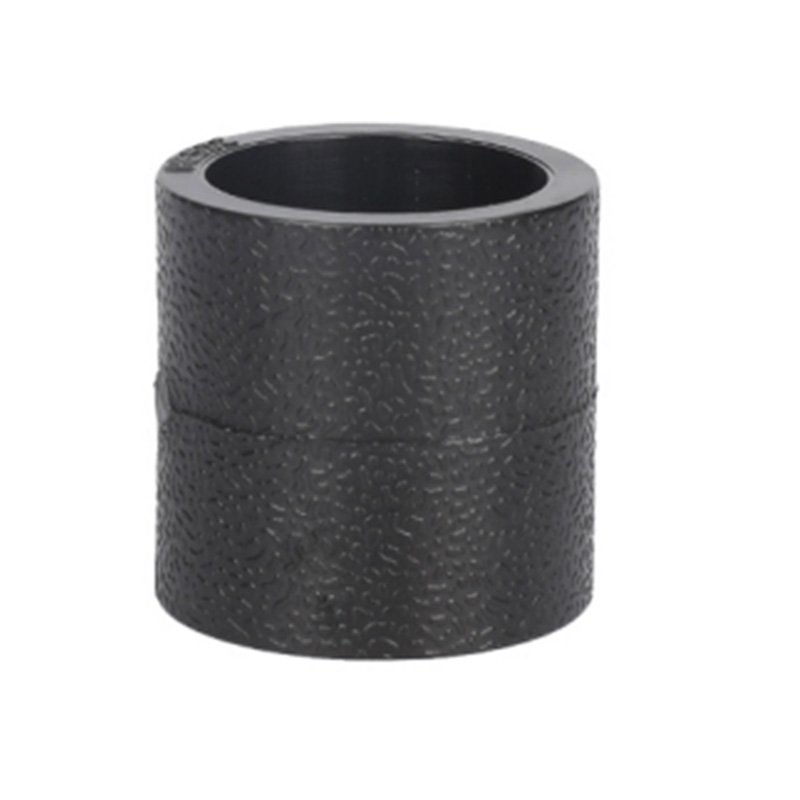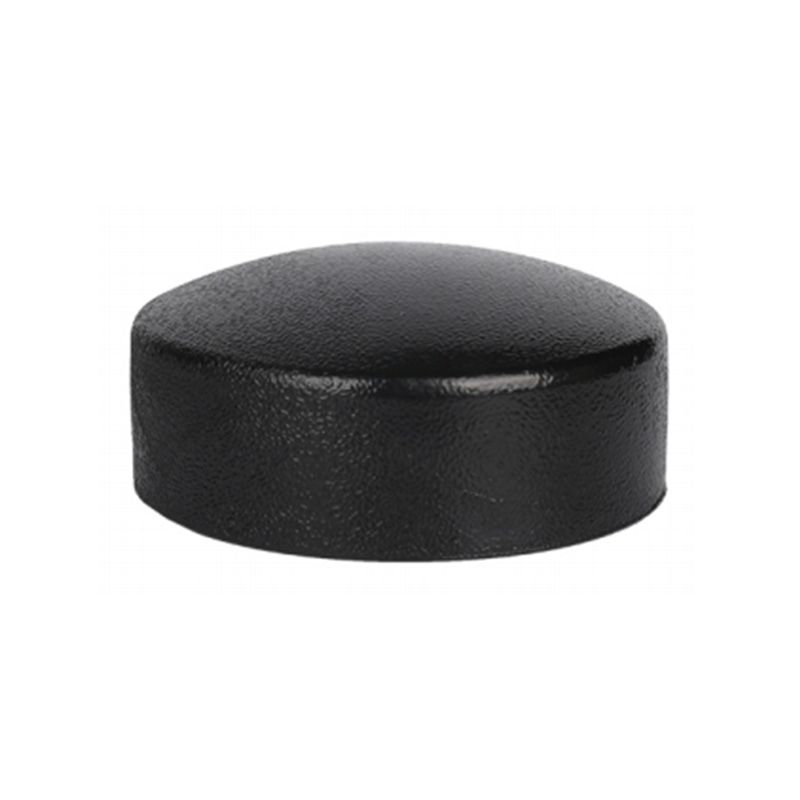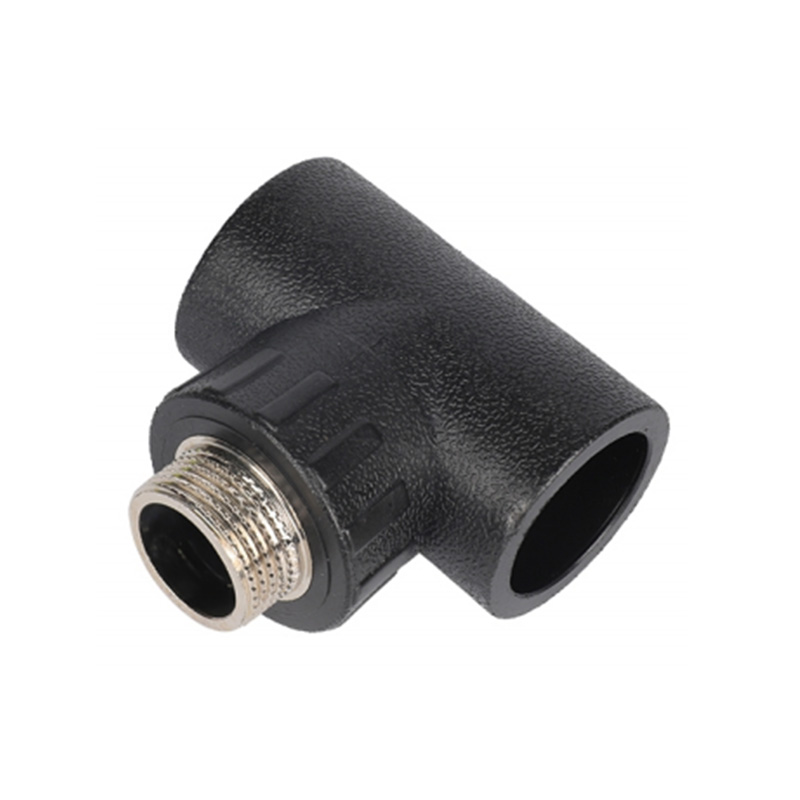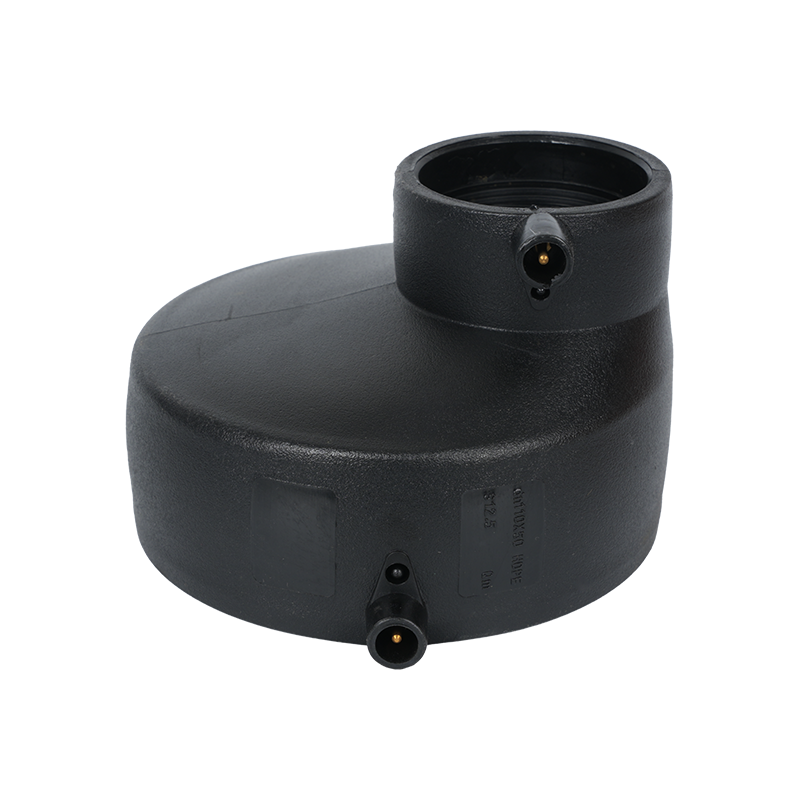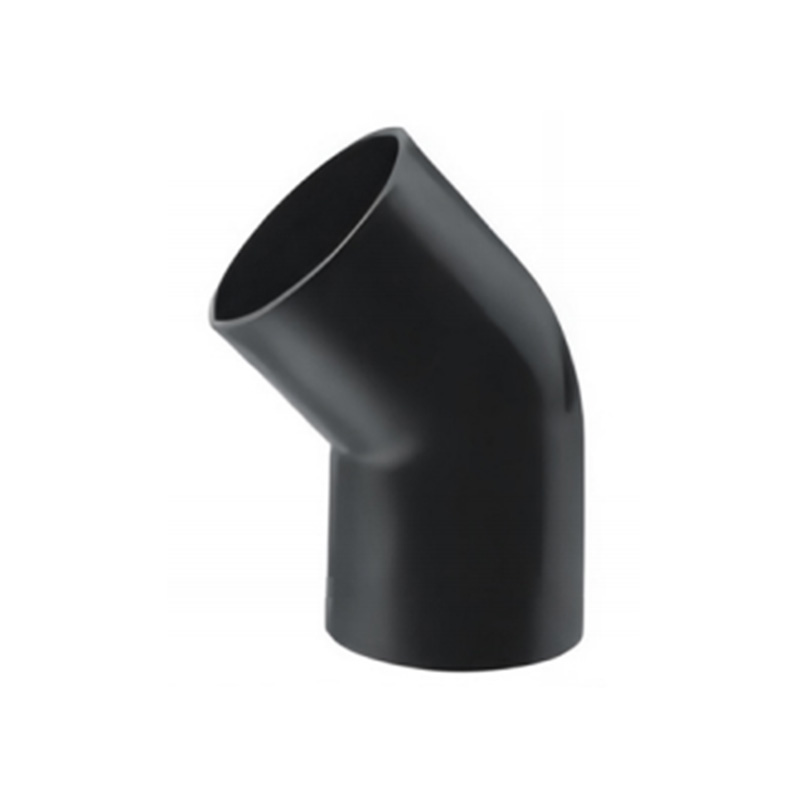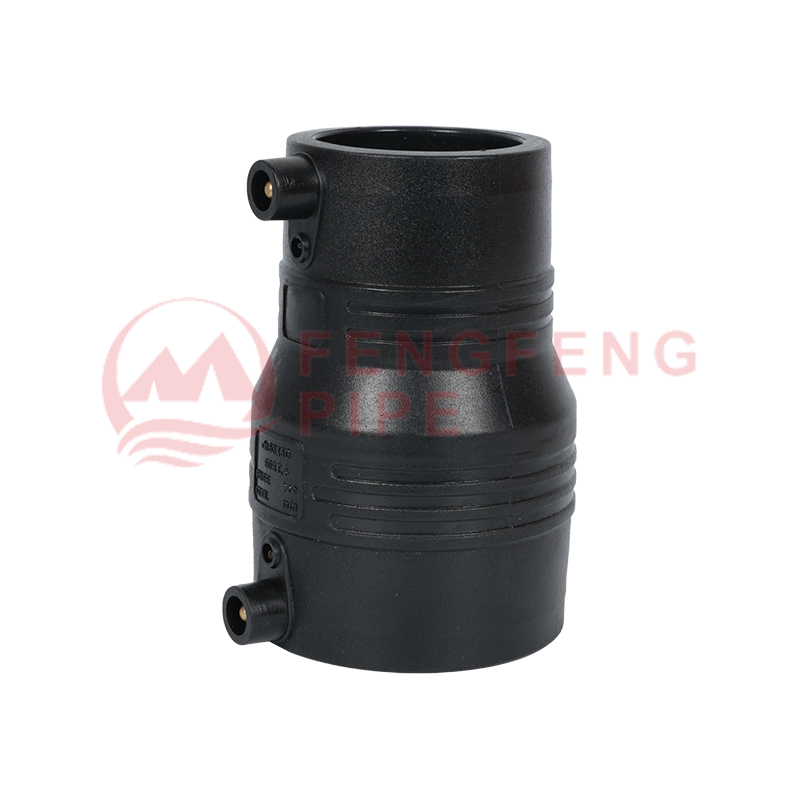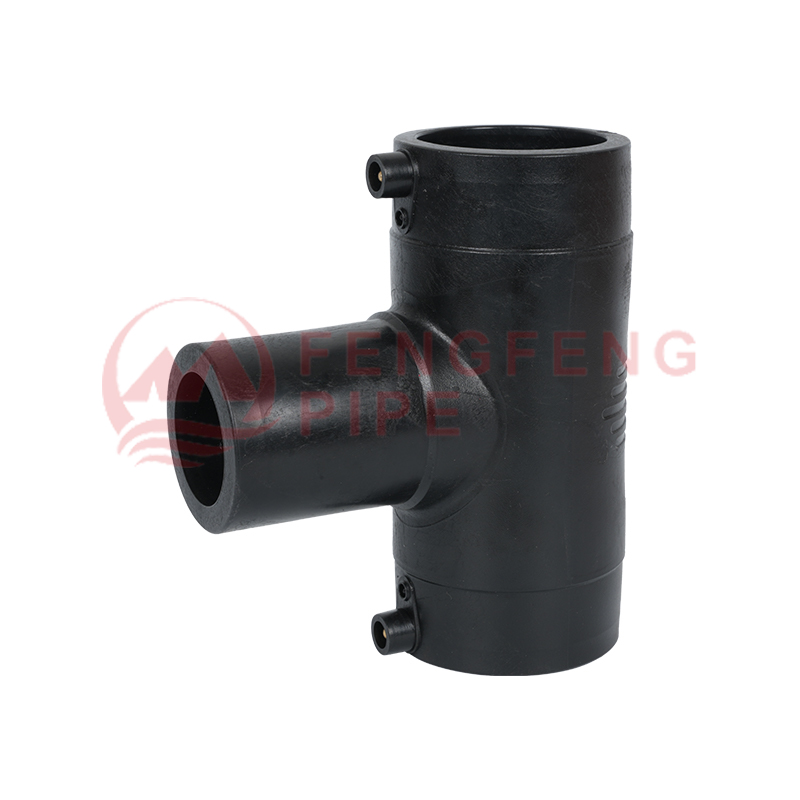How to choose the wall thickness and SDR (standard dimension ratio) of HDPE electrofusion pipe fittings
 2025.08.11
2025.08.11
 Industry news
Industry news
In modern pipeline engineering, HDPE (high-density polyethylene) electrofusion pipe fittings are widely used in urban gas, water supply and drainage, and industrial transportation due to their strong corrosion resistance, easy installation, and long service life. Pipe fitting wall thickness and standard dimension ratio (SDR) are crucial parameters in the design and construction process, directly impacting pipeline safety and economic efficiency. Properly selecting wall thickness and SDR not only ensures safe pipeline operation but also reduces construction costs and improves system durability.
The Importance of Wall Thickness of HDPE Electrofusion Pipe Fittings
Pipe fitting wall thickness directly determines its pressure bearing capacity, impact resistance, and wear resistance. Excessively thin wall thickness can easily cause pipe deformation or rupture under high pressure, significantly increasing safety risks when transporting high-pressure gas or industrial liquids. Thicker wall fittings, while offering higher pressure bearing capacity, increase material costs and make installation and handling more difficult. Therefore, selecting the appropriate wall thickness for different project environments and operating pressures is crucial.
The selection of wall thickness primarily considers the following factors: pipeline design pressure, operating temperature, media properties, and pipeline installation method. For pipelines designed for higher pressures, thicker-walled fittings are required to ensure long-term, safe operation. When pipelines are exposed to high temperatures for extended periods, the wall thickness should be appropriately increased to mitigate temperature-induced material creep. For pipelines transporting particulate or corrosive media, thicker walls can extend pipe life and reduce maintenance frequency.
The Impact of SDR on Pipe Fitting Performance
SDR represents the ratio of a pipe fitting's outer diameter to its wall thickness and is an important indicator of its pressure-bearing capacity. A smaller SDR value indicates a thicker wall and greater pressure-bearing capacity; a larger SDR value indicates a thinner wall, making it suitable for low-pressure systems. Selecting the appropriate SDR requires a comprehensive consideration of design pressure, pipe diameter, and construction environment.
For example, in gas transmission pipelines, SDRs of 11 or 17 are commonly used, corresponding to high and medium pressure transmission requirements. For municipal water supply pipelines, SDRs of 17 or 21 are commonly used, meeting pressure requirements while controlling material costs. For industrial wastewater or low-pressure transmission systems, SDRs of 26 or higher can be selected to reduce investment costs. Incorrectly selecting the SDR can lead to excessive material usage in pipelines, increasing costs, or insufficient pressure bearing capacity, posing safety risks.
A Scientific Approach to Wall Thickness and SDR Selection
Wall thickness and SDR selection should be based on international and national standards such as ISO 4427, ISO 12176, EN 1555, and GB/T 13663. Designers should calculate the minimum wall thickness based on the pipeline design pressure and select standard pipe fitting specifications based on the SDR table.
For specific projects, the following approach can be used: first, determine the pipeline design pressure and fluid characteristics; second, calculate the required minimum wall thickness based on the pipe diameter and SDR table; and finally, select standard pipe fitting specifications based on construction conditions and economic efficiency. For special working conditions, such as deep burial depths, complex geological conditions, or prolonged high-temperature environments, an appropriate safety factor should be added to the standard wall thickness.
Construction and Usage Precautions
After selecting the appropriate wall thickness and SDR, attention to detail is also required during construction. Before welding electric fusion pipe fittings, ensure that the pipe ends are cut flat and the surface is clean and free of impurities. Welding temperature and time should be strictly adhered to the pipe fitting manufacturer's technical manual to ensure uniform heating and prevent local overheating or insufficient welding. After completion, joint quality can be inspected using non-destructive testing methods to ensure long-term reliable operation of the pipeline.
The proper selection of wall thickness and SDR not only impacts pipeline safety but also determines the economic efficiency and maintenance costs of the pipeline system. A combination of scientific selection, standardized construction, and regular testing is key to the long-term, stable operation of HDPE electrofusion pipe fitting pipeline projects.
KEEP IN TOUCH


